

Angus MacKenzie
6 Days Ago

Journalist
Higher than expected demand, and the need to reduce costs may lead Toyota to radically change its EV plans.
Multiple sources within Toyota have told Reuters the automaker is considering a drastic overhaul of its electric vehicle plans, with a working party currently examining options and due to report back at the beginning of 2023.
When Toyota and Lexus told the world late last year it would invest billions in EV development, as well as introducing 16 EV concepts with production intent, its projections indicated it would only need to build 3.5 million EVs per year by 2030 to meet demand. For context, the company currently produces about 10 million cars per year.
Now it believes it will need significantly more than that. Toyota is also keen to bring the cost of its EV technologies down in order to be more competitive against the likes of Tesla, Rivian, GM, Ford, and others.
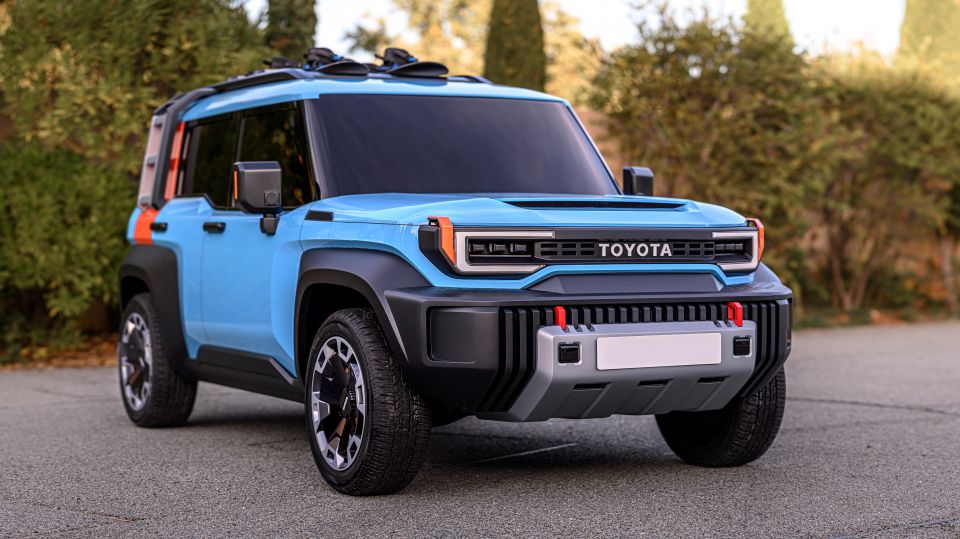
While the automaker considers its options, it has reportedly paused several of the EV projects announced at the end of 2021. Documents seen by the news service say work has stopped on the EV version of the Crown, and the Compact Cruiser crossover, which had styling reminiscent of the the FJ Cruiser.
One plan being considered would see Toyota incorporate new technologies into the e-TNGA platform in order to stretch out its working life, and make it more competitive.
Another more drastic option will see Toyota phase out the e-TNGA EV architecture much earlier than anticipated, with many models cancelled.
While this would put Toyota further behind the pack in the short term, it will allow the Japanese giant to concentrate on developing a new ground-up EV architecture, which could take as long as five years.
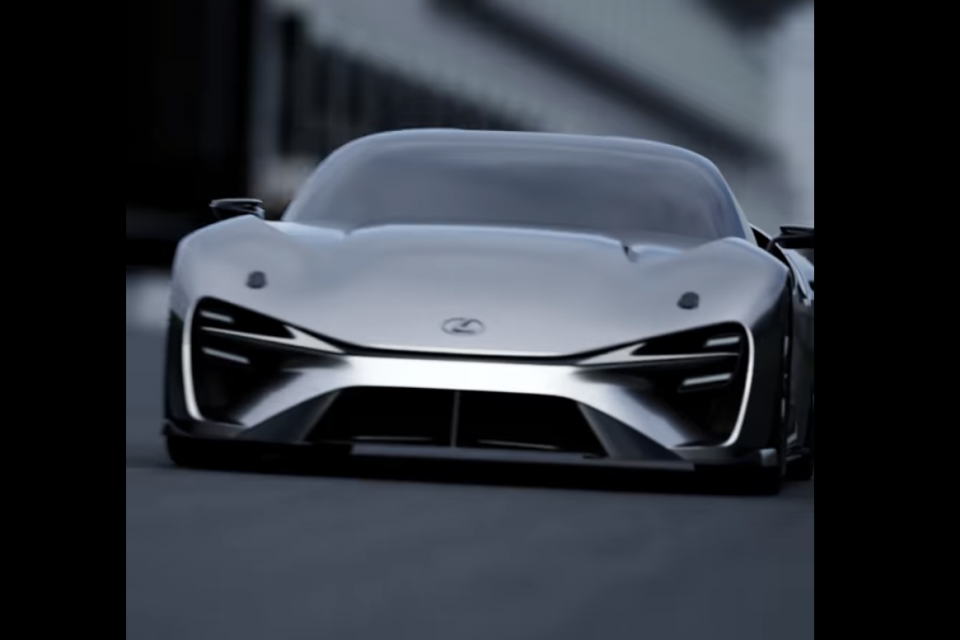
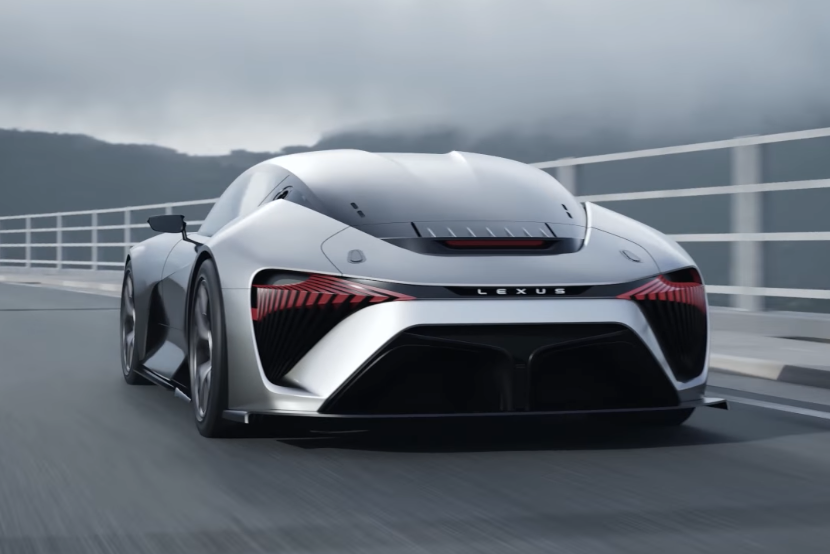
The EV-only e-TNGA and petrol/hybrid TNGA platforms share a lot in common, speeding up the development time of the former, and allowing vehicles on both architectures to be built on the same production lines.
When Toyota was operating on lower EV forecasts these features were seen as benefits, but with the focus increasingly shifting towards towards EVs the platform could be holding the firm back.
In parallel with this, Toyota is working with its key suppliers to improve thermal management of core components, such as the battery and climate control systems, in order to reduce the amount of battery capacity needed – the most expensive component of any EV – while maintaining range.
It is also investigating production overhauls, and is casting an especially envious eye on Tesla’s “giga press” setup, which allows the EV specialist to more easily stamp out large body pieces and thereby streamline its build process.
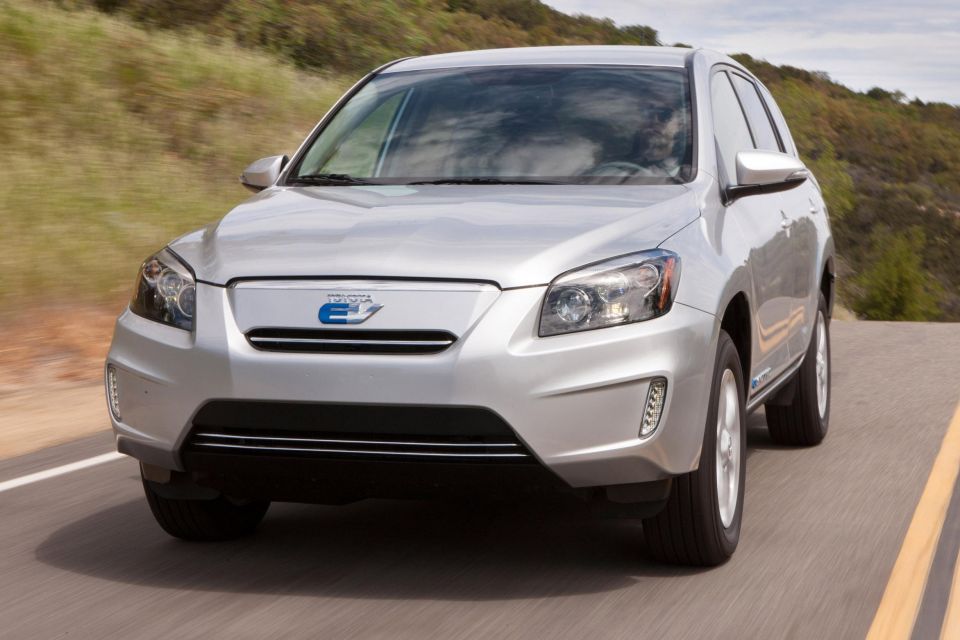
Some might see Toyota’s desire to emulate Tesla’s manufacturing techniques, as well as its heat management systems, as ironic given Toyota once held a significant minority stake in Tesla during the early 2010s when the two companies developed the RAV4 EV together.
At time Toyota’s engineers believed it had little to learn from Tesla, and concluded the American firm’s technology wasn’t a threat.
Toyota led the charge to make more environmentally-friendly cars part of the mainstream with the Prius, and today hybrid drivetrains are available in most of its models. Last year hybrids accounted for over 24 per cent of its sales globally.
The company has argued there are a plethora of automotive solutions to the climate crisis, including hybrids, plug-in hybrids, EVs, and hydrogen fuel cell vehicles. As such it has been slower than most to embrace EVs.
On top of this the rollout of its first e-TNGA models, the Toyota bZ4X and Subaru Solterra, were significantly hampered by a production stop of three months as the company struggled to fix an issue which that could lead to the wheels falling off.
The bZ4X is now scheduled to arrive in Australian showrooms from the second half of 2023.
MORE: Toyota and Lexus reveal 16 diverse electric concepts MORE: Lexus will sell only electric cars by 2035 MORE: Greenpeace accuses Toyota of greenwashing, anti-EV lobbying
Take advantage of Australia's BIGGEST new car website to find a great deal on a Toyota.
Derek Fung would love to tell you about his multiple degrees, but he's too busy writing up some news right now. In his spare time Derek loves chasing automotive rabbits down the hole. Based in New York, New York, Derek loves to travel and is very much a window not an aisle person.


Angus MacKenzie
6 Days Ago
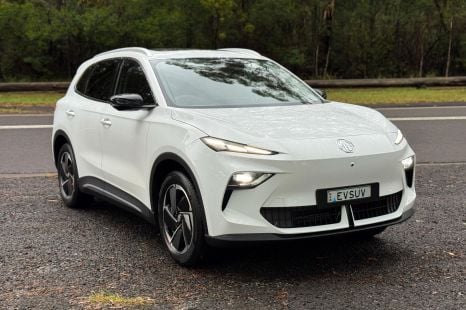

Matt Campbell
5 Days Ago
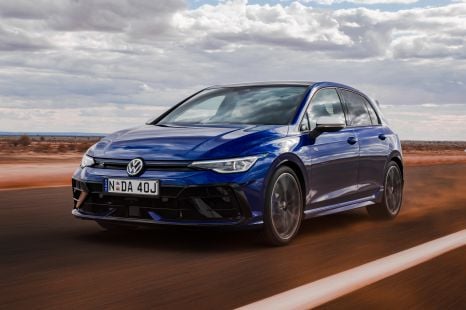

James Wong
3 Days Ago
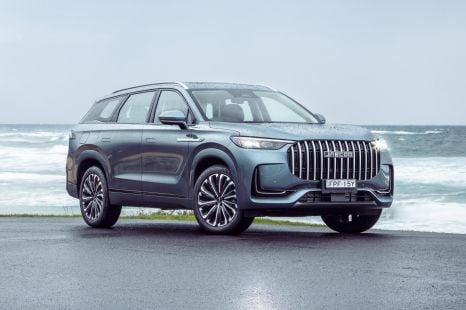

William Stopford
2 Days Ago
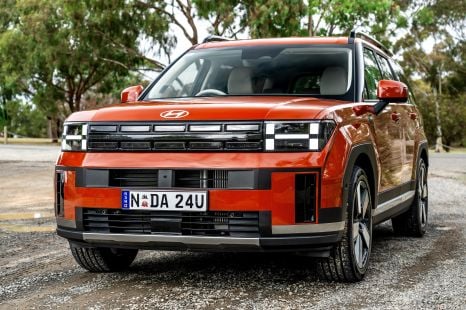

Max Davies
2 Days Ago
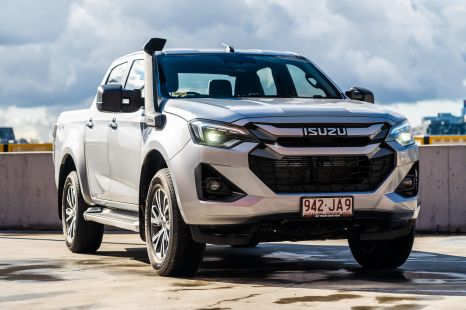

Max Davies
12 Hours Ago